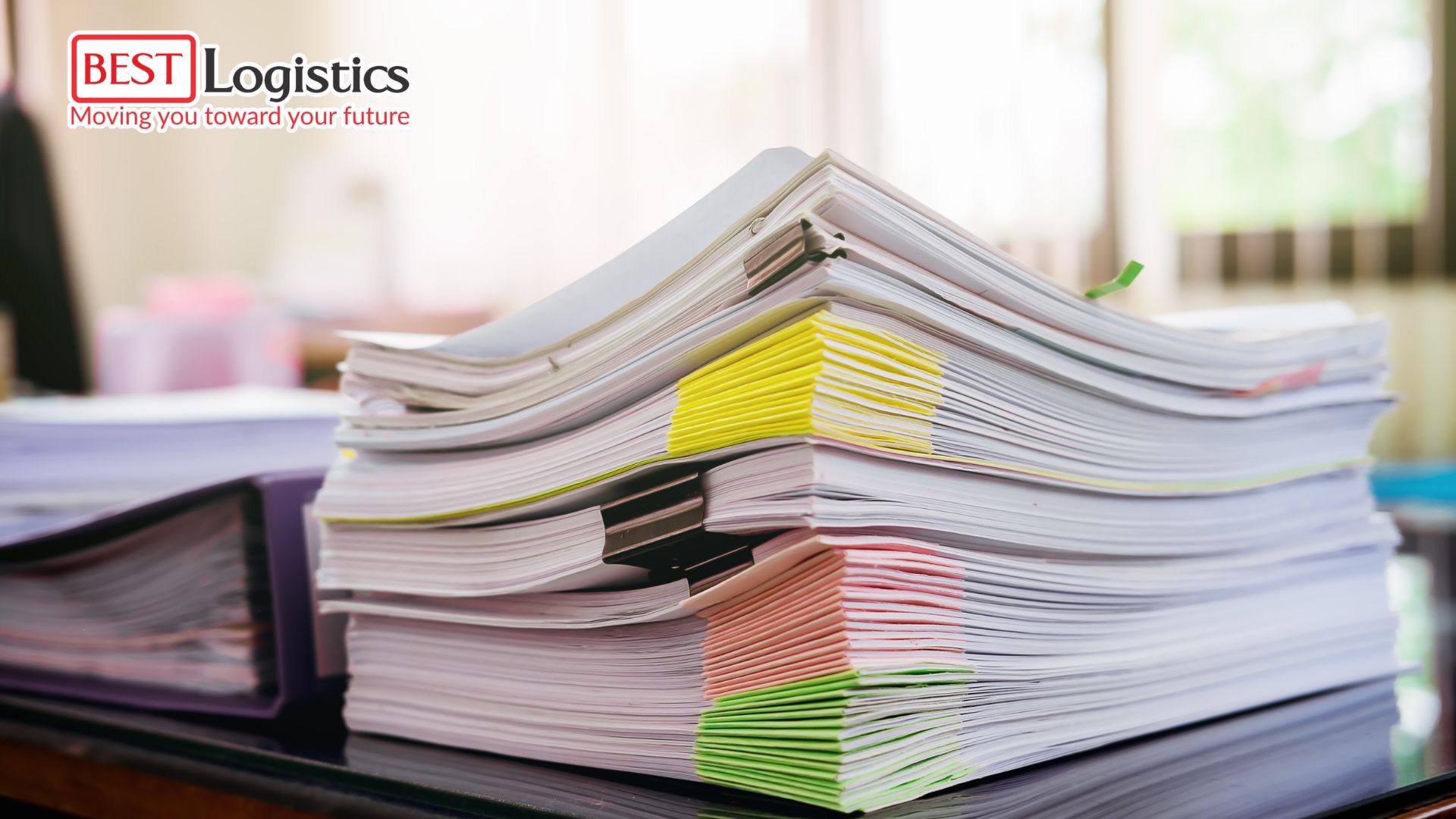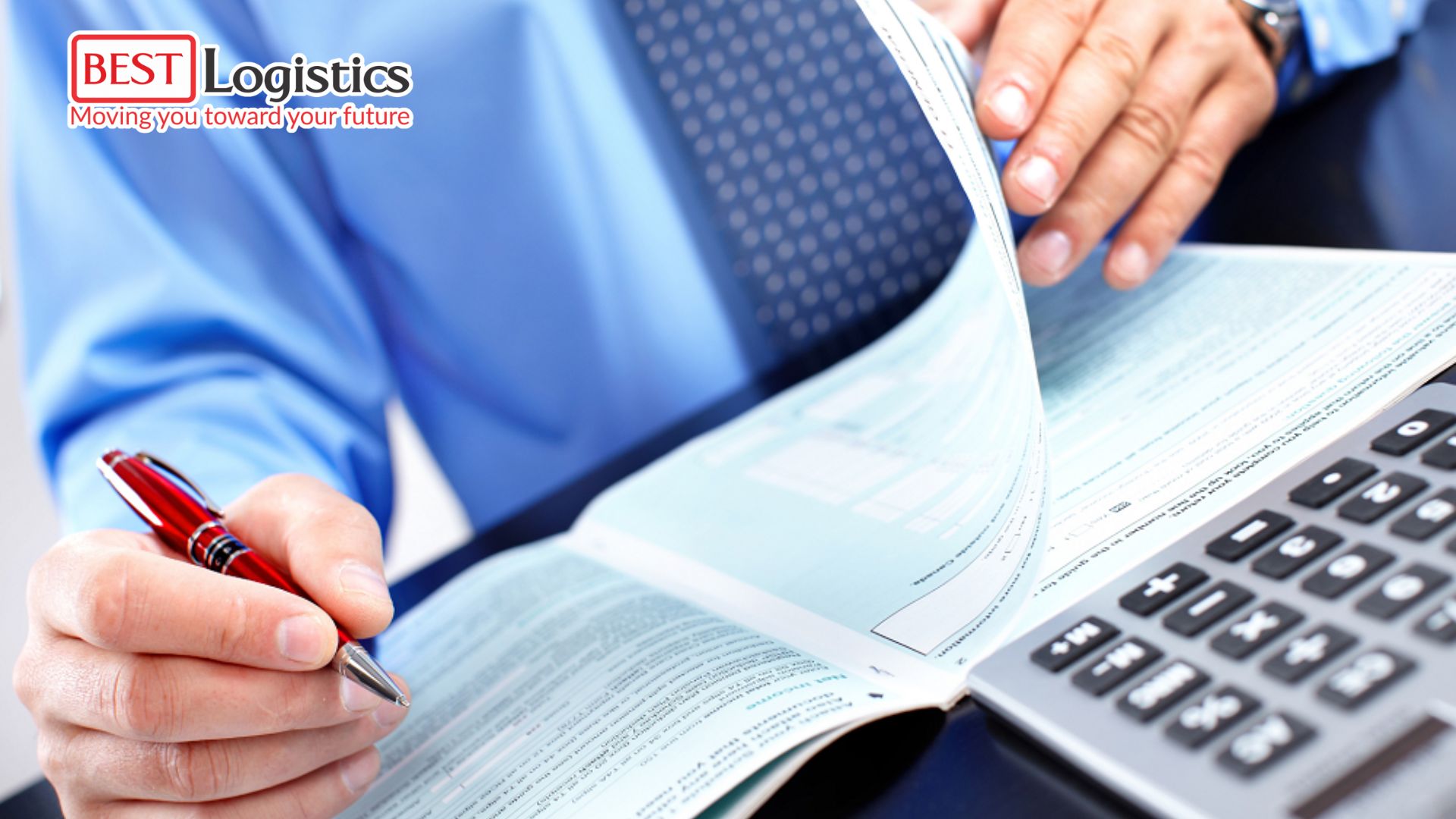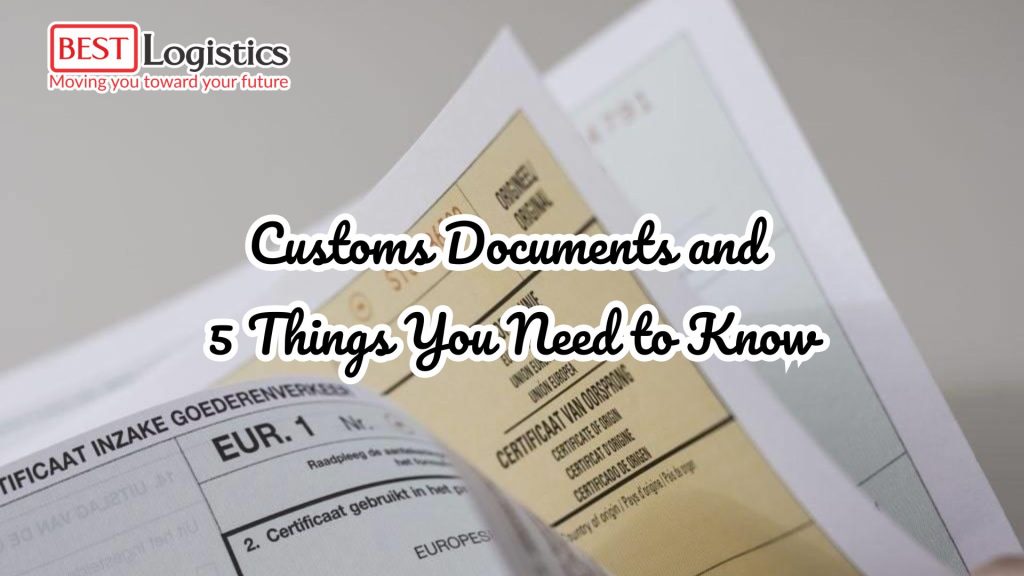Customs Documents: Everything You Need to Know in Import-Export
1. What Are Customs Documents?
Customs documents are a collection of essential paperwork required for goods to clear customs during import and export. These documents are mandatory by customs authorities to ensure proper management, taxation, and control of goods.
A complete set of customs documents helps businesses save time, reduce costs, and avoid legal risks in international transactions. Conversely, missing or incorrect documents can lead to delays, storage fees, or even confiscation of goods.

2. Important Customs Documents
Here are the essential customs documents that businesses need to prepare:
2.1. Commercial Invoice
This is the most important document, providing information about the seller, buyer, product description, quantity, value, delivery terms (Incoterms), and payment method.
2.2. Packing List
This document details the shipment contents, including quantity, weight, dimensions, and packaging method. It helps customs authorities inspect goods quickly and accurately.
2.3. Bill of Lading (B/L) or Airway Bill (AWB)
- For sea freight: The Bill of Lading (B/L) is issued by the shipping line.
- For air freight: The Airway Bill (AWB) is issued by the airline.
- For road/rail transport: CMR (for international road transport) or a railway bill.
The Bill of Lading serves as a transport contract, a receipt of goods, and proof of ownership.
2.4. Customs Declaration
This mandatory document is submitted by businesses to customs authorities when importing or exporting goods. It contains detailed information about the shipment, including value, tax rates, HS codes, and related fees.
2.5. Certificate of Origin (C/O)
The C/O determines the origin of goods and helps businesses qualify for tariff preferences under trade agreements. Common types of C/O include:
- C/O Form A: For preferential treatment from developed countries.
- C/O Form B: For non-preferential trade.
- C/O Form D, E, AK, VK: For free trade agreements (FTA) between specific regions.
2.6. Export/Import License
Some goods require permits from regulatory authorities, such as food, pharmaceuticals, hazardous chemicals, and medical equipment.
2.7. Inspection Certificate
This certificate confirms that goods meet quality, safety, or quarantine standards.
3. Why Should You Prepare Customs Documents Properly?
Having complete customs documents provides several benefits:
✅ Saves time: Prevents customs clearance delays due to paperwork errors.
✅ Reduces costs: Avoids storage fees from shipment holds.
✅ Mitigates legal risks: Ensures compliance with import-export regulations.
✅ Builds business credibility: Enhances trust in your company’s ability to handle logistics efficiently.

4. Customs Documentation Process
The process of preparing and handling customs documents involves the following steps:
Step 1: Identify Required Documents
Determine the necessary paperwork based on the type of goods and destination country.
Step 2: Prepare Customs Documents
Gather all required documents from relevant parties (suppliers, shipping lines, licensing agencies).
Step 3: Submit Customs Declaration
Use electronic customs declaration software to submit the required forms.
Step 4: Customs Clearance Procedure
Customs authorities review the documents, inspect goods (if necessary), and grant clearance approval.
Step 5: Receive Goods
Once customs procedures are completed, businesses can collect goods from the port or arrange delivery to customers.
5. Key Considerations for Customs Documentation
🔹 Double-check information: Even small errors can cause delays or fines.
🔹 Stay updated on customs regulations: Each country has specific policies, so businesses should stay informed.
🔹 Use professional customs brokerage services: If you lack experience, working with a logistics company can help avoid mistakes.
Customs documents play a crucial role in the import-export process. Proper preparation ensures smooth customs clearance, minimizes costs, and improves business efficiency. To ensure hassle-free customs procedures, businesses should stay updated with regulations and have a well-structured documentation plan.
If you’re looking for professional customs clearance support, contact us today for expert consultation and fast service!
📌 Read more:
5 Điều Cơ Bản Cần Biết Về Vận Đơn (Bill of Lading – B/L)
5 Steps to Make Delicious Green Rice Cake with Mung Bean at Home
Dịch Vụ Vận Chuyển Bàn Ghế Nhựa Từ Hà Nội Vào Huế
Gửi gia vị nấu phở từ Hà Nội đi Washington


